

When UKC asked me to review the book Fiva by Gordon Stainforth I hesitated as I'm immersed in editing someone's book at the moment and so have more than enough words rattling around my head without the extra burden of a review. Then I remembered Gordon is one of climbing's best-known photographers with his book 'The Cuillin' being a coffee-table classic, so I said yes. "Great", I thought, "- a bit of a rest from all these blooming words, the sort of review you can do on the toilet, just open the book, flick through the pictures and you're done".
So you can imagine my surprise, followed by horror, when a few days later a small A5 parcel popped through my door from Gordon. "Strange?", I thought, trying to work out how one of Gordon's big coffee-table books could fit inside such a small parcel. Ripping it open, ready to flip through the pics, the words of my review already forming up in my head, my heart sunk. It was no photo book, in fact it was a book almost devoid of pictures and in their place were only words, lots and lots of words. I'd been tricked and worst yet, knowing Gordon, I'd actually have to read it! (most reviews can just be cobbled together off Amazon).
I won't go into too much detail about Gordon's book, only that it is a very personal account of an epic ascent of the Fiva route on the east buttress Trollveggen in Romsdal with his twin brother John in 1969. These two relatively inexperienced nineteen year olds attempt an ascent of the Fiva a few days before the Apollo landing, with a poor route description, and maybe a little bit too much self-confidence and bravado, and so get into mighty big trouble. The story is a simple one - one climb and its descent - well told, and in many ways reminds me, both in style and content, of a classic mountaineering book of the past, which I suppose is slightly damming praise. Unlike many such books it's empty of any amateur psychological delving, and instead we are give a boy's-own tale of adventure gone awry. I guess that, being a book written from the viewpoint of a 19 year old full of the romance of mountains, it's the only way it could turn out.
Gordon does a great job of painting the Fiva and the Trollveggen in all their dark and dank glory. The face is the third main character in the book and, having spent over a month perched on the Troll wall looking over at the Fiva route, I feel as if I know it well, by which I mean I know that anyone stupid enough to go anywhere near it probably has a 50/50 chance of dying. From that vantage point the Fiva has all the ambiance of a grotty Welsh gully that has been used to illegally dump a million tons of building waste and then bombarded with cluster bombs day and night, winter and summer. It's a 'classic' and a committing one, which Gordon reminds us means (in the words of Tom Patey) "Under suspended sentence of death".
Gordon chose to write his story 40 years after the event in the first-person which I felt detracted from the story a little at first, giving it less of a contemporary feel, perhaps of the older climber looking back at his naive and ambitious younger self, the relationship with his twin, and their father. I was also a bit perturbed by the size of a book that details just one rock climb, meaning you're literally with Gordon on every pitch, and at times every move, which can become a bit tiring, after all there are only so many descriptions at hand to describe a piece of wet and grubby rock. And yet these two things - the first-person and minute by minute account - means that the reader is as blind as the leader to what is happening, and you get a very real sense of what it is to climb such a face; the mountain unfolding bit by bit; that unique excitement and terror of new ground - the end coming closer with each move, but always to far away to believe you'll ever get there.
And at times I was unsure if they would actually make it to the top, or if they would be forced to retreat, or maybe never escape, and as an epic climb this one really delivers the goods, and as near-death goes, they got as near as you can and write a book about it.
Perhaps I've had far too many epics like Gordon's but I found the low hum of tension a little tiring as the book drew on, perfectly mirroring an actual climb like this, which is far from pleasant, where a one-day ascent drags on and on. Perhaps Gordon has done too-good-a-job of recreating such a climb! Never-the-less, as on a long drawn-out climb, the big pay that indescribable moment when it does come to an end - that 'made it' moment - is all the sweeter for all that 'might never make it' below.
Gordon's writing can sometimes seem a little clumsy, 'hand holding' the reader and I was unsure who the book was aimed at as I felt it would only appeal to climbers (I may be wrong), as most non-climbers would just be as lost as they were with so much climbing. Yet there are many explanations of terms for the non-climbers which breaks up the flow and felt a little forced at the beginning. Never-the-less he's taken on a tough job of filling a whole book with one climb and minimal character development or history but ultimately he conveys the horror, the emptiness, the hope, the despair, the belief, the love and the salvation of big face climbing, and it's a book all novice climbers should read so as to avoid his mistakes, and older ones as well, to see that we all make them.
- Paperback £9.95; 224 pp.
- ISBN 978-0957054301
- Distribution Cordee
- Publication date March 29, 2012
- enquiries@goldenarrowbooks.co.uk

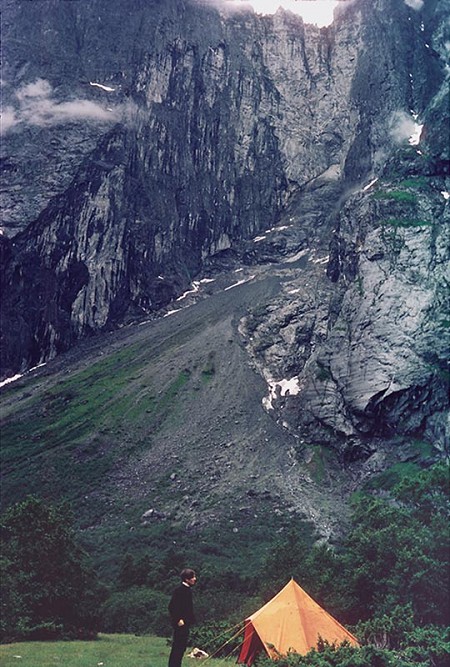
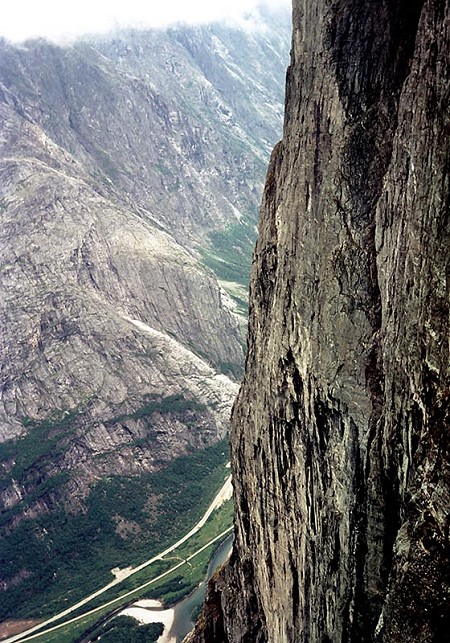
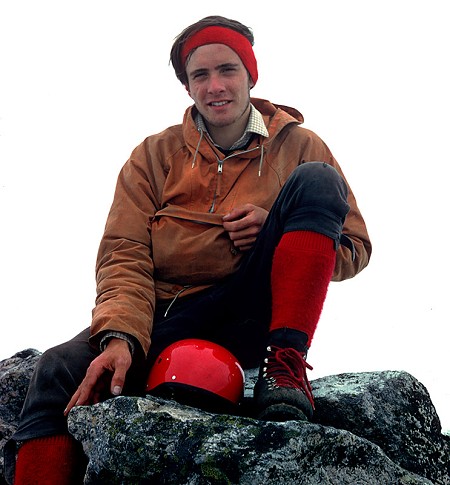
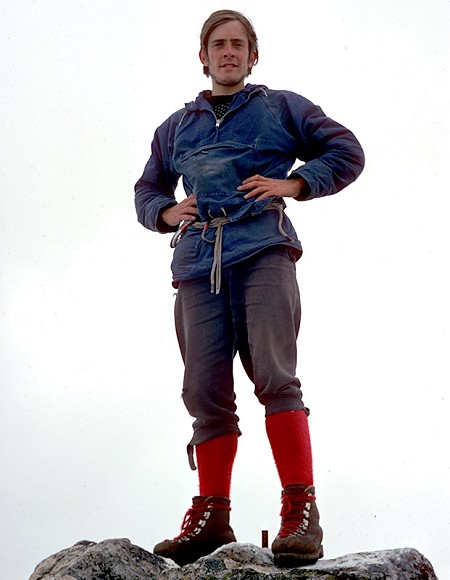

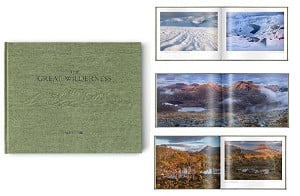
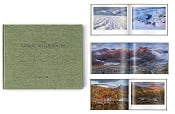
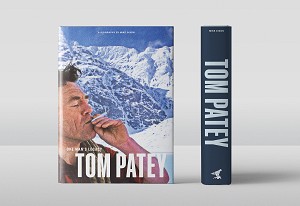
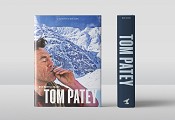

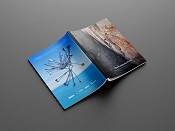
Comments